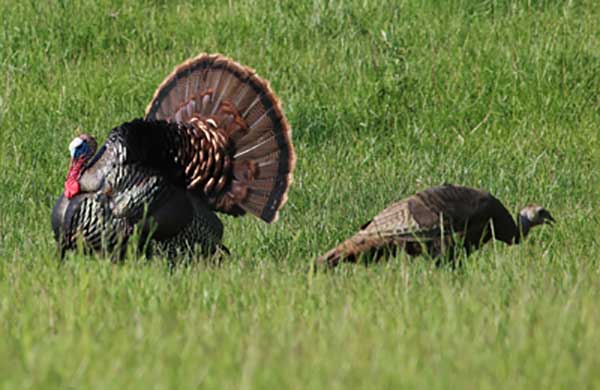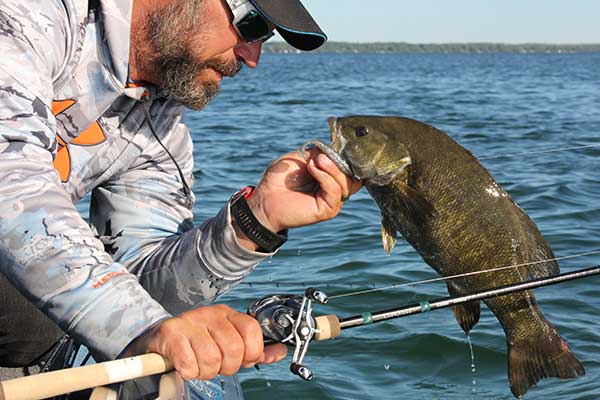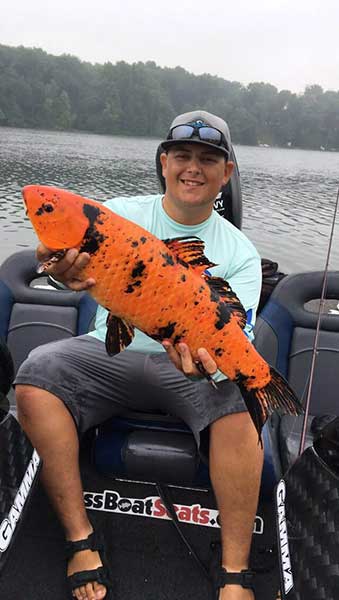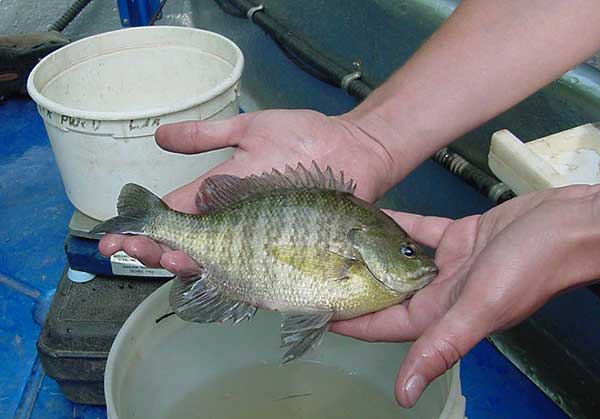- Details
By Louie Stout
 Spring Turkey Harvest Continues to Drop
Spring Turkey Harvest Continues to Drop
Last spring’s turkey hunting season produced another drop in harvest numbers around the state.
According to Indiana DNR turkey biologist Steve Backs (South Bend native), the statewide harvest was down 13 percent from 2017 and fell in 65 of the 92 Indiana counties. In northern Indiana, Steuben and Marshall counties ranked among the top 10 in harvest numbers.
Backs said all regions had proportional decreases ranging from 6 percent in northern counties to 25 percent in south central counties.
In Michiana, St. Joseph County hunters killed 190 gobblers, a 2 percent increase.
- Details
By Louie Stout
 Timing is Everything on Quirky Simcoe Smallmouth
Timing is Everything on Quirky Simcoe Smallmouth
Newmarket, Ont. – JP DeRose peered over the nose of his 20-foot Bass Cat bass boat and pointed to a spot on the bottom in five feet of water.
We had been fishing for a couple of hours without a fish.
“There’s a big one next to that rock!” he said anxiously. “Throw your bait on the shiny spot next to the rock.”
I pitched the Ned Rig to the spot, lifted the rod tip and felt nothing.
DeRose looked at me like he’d seen a ghost.
“When are you going to set the hook?” he said sarcastically. “He’s got it.”
I never saw the fish or felt any movement. In fact, it was difficult to even see the rock with the gentle waves that churned above it.
I looked like a rookie.
- Details
By Louie Stout
 Big Orange Fish Surprises Edwardsburg Angler
Big Orange Fish Surprises Edwardsburg Angler
Bo Thomas launched his boat early one misty morning with hopes of catching a few largemouth bass on Harwood Lake near Jones, Mich.
His buddy Jaxon Disher and girlfriend Emily Lopez, both of Edwardsburg, accompanied the 19-year old Edwardsburg angler that dreary Wednesday.
Thomas is an avid bass angler and a member of the Western Michigan University Bass Fishing team. He has aspirations of pursing a pro fishing career, something his father, Mickey, dabbled in years ago.
Around 10 a.m., Bo made a cast with a drop-shot rig far off the drop-off on which his boat was sitting as they worked the edge of a flat.
- Details
By Louie Stout
 Big Bluegill from St. Joseph River
Big Bluegill from St. Joseph River
You may have heard that bluegill fishing on the St. Joseph River has been spectacular in recent years. That’s something you didn’t hear anglers talking about 20 years ago.
Elkhart/South Bend aquatic biologist Dar Deegan says the fishery is dramatically different than it was when his predecessors were studying fish populations two decades ago.
“Back in 1998 when this office started these surveys, the river’s fish community was dominated by suckers but that has changed noticeably over the years,” he said.


